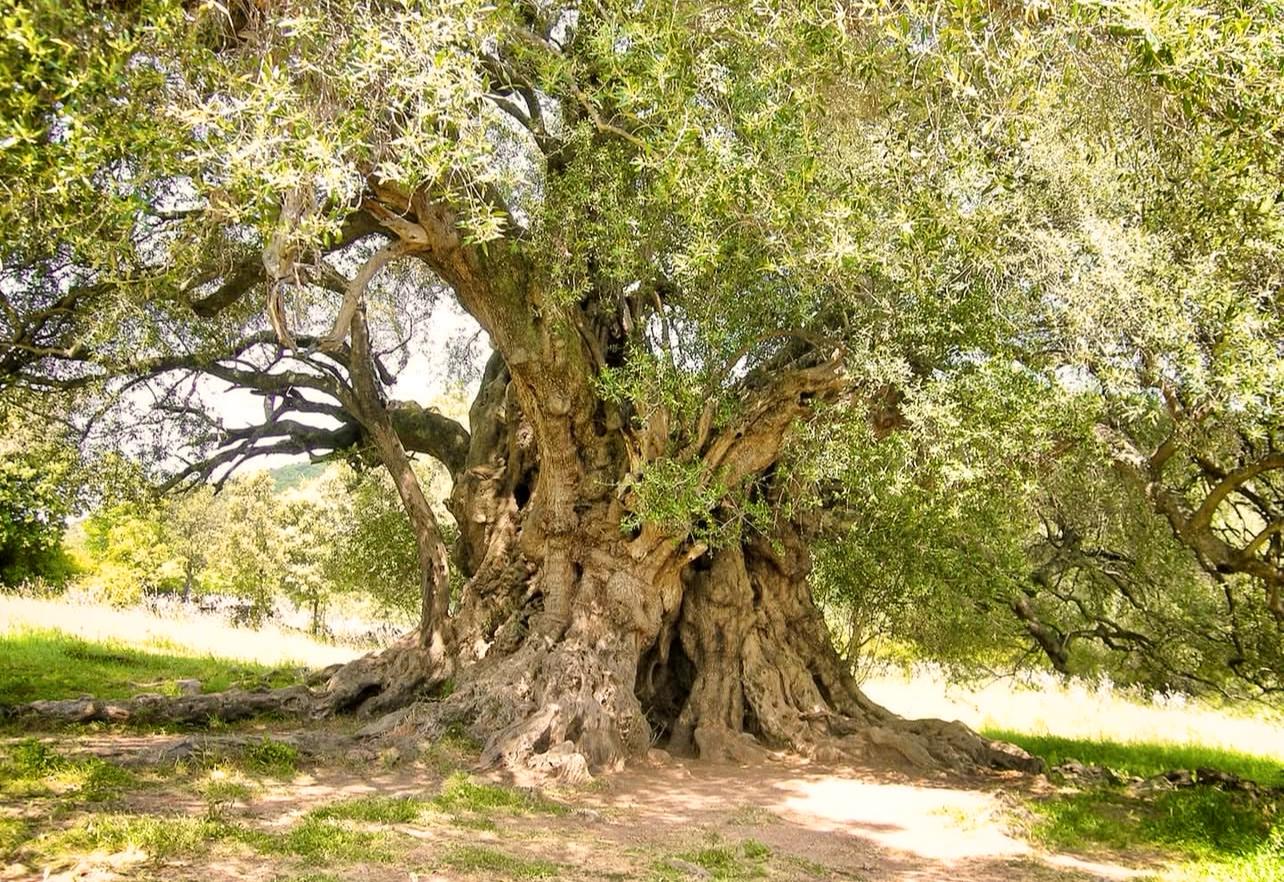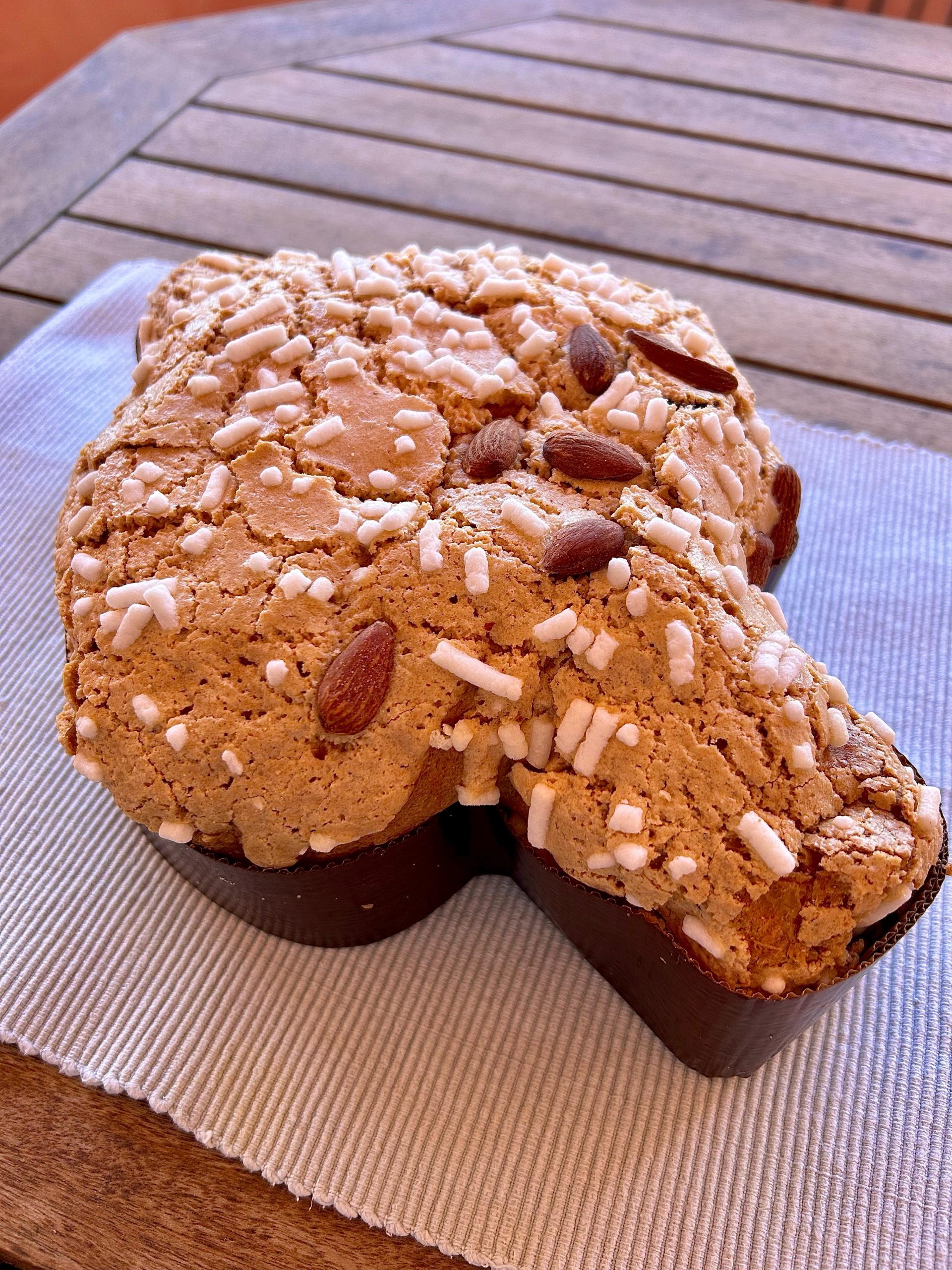A Guide to Italian Digestifs
Posted on
Italian dining culture is laden with interesting etiquette and inherent habits, and many of these traditions are what make Italy’s gastronomy such an enjoyable experience. True to form, indulging oneself in an after dinner digestif, or two, is a popular tradition across all of Italy’s regions. Cousin to the aperitif, a digestif, or digestivo, is drank after dinner, and some believe they aid digestion of food. Typically served at the very end of the meal, after the desserts and coffees, a digestif is the perfect way to encourage the flow of conversation to continue. Often a liqueur, a digestif can also come in the form of fortified wine, cocktail or dessert wine. Our useful guide aims to educate you on a variety of classics, to encourage you to order in confidence during your next Italian escape.
Liqueurs
Short and strong, Italian liqueurs can be sweet, creamy, herby or spicy.
Amaro
The term amaro is used collectively and describes a bitter, aromatic spirit. Amaro is commonly homemade with a unique combination of herbs, spices and fruits. Fernet Branca is a famous example of a bitter amaro spirit.
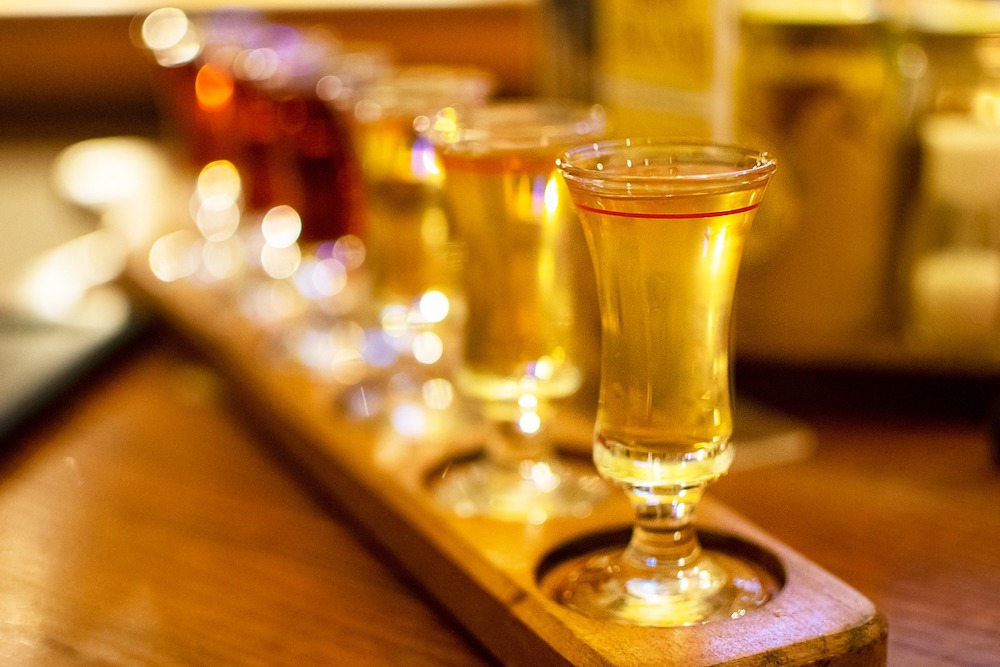
Amaretto
Traditionally sweet, amaretto is an almond nectar. A familiar brand of amaretto is Disaronno, made in Northern Italy. It is said that the secret recipe has remained unchanged since 1525.
Frangelico
Recognizable by its distinctive bottle, Frangelico is a noisette and herb-flavoured liqueur. Flavoured with notes of herbs cacao, coffee and vanilla, it originates from the Piedmont region. The drink has seen a revival in recent years thanks to the use of its unique flavour in the emerging craft cocktail scene.
Limoncello
Served ice cold in frozen shot glasses, Limoncello is the epitome of summer liqueurs. Vibrant, sweet and tangy, it is made in homes and restaurants all over the country, making use of the plentiful and delicious Italian lemons.
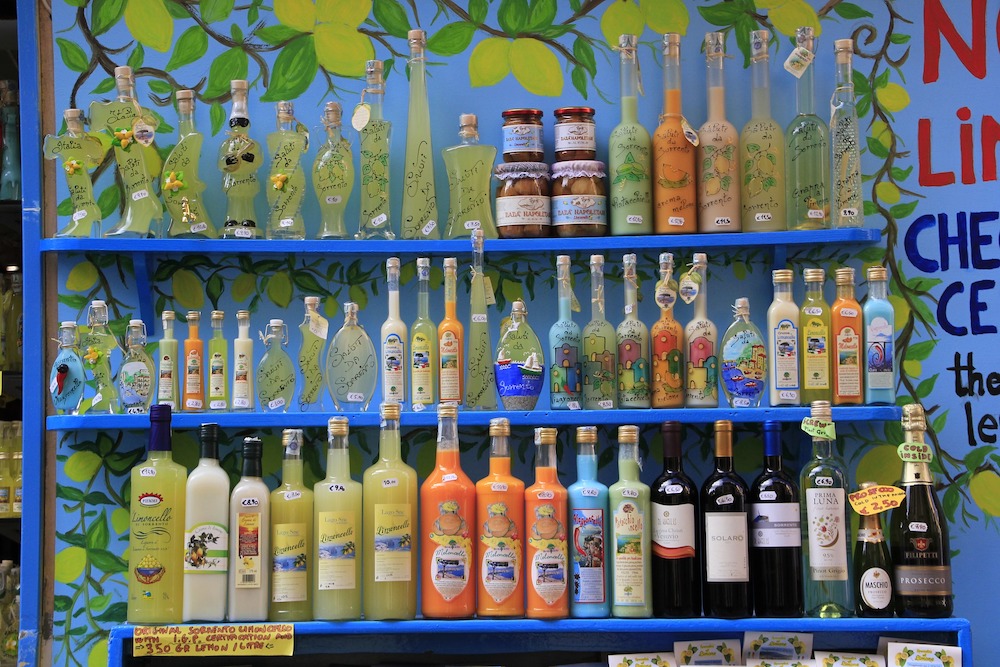
Sambuca
Sambuca is a star anise flavoured, syrupy drink that is usually served with a floating coffee bean. Black and white sambuca are produced, but in Italy, you are more likely to find the white version.
Wines
From fortified wines to sweet and succulent Italian dessert wines.
Asti-DOCG
Hailing from Northern Italy, Asti is a sweet, slightly sparkling wine of low alcohol content, made from the Moscato Bianco grape. DOCG stands for Denominazione di Origine Controllata e Garantita which is the highest grade in Italy’s version of an appellation system. A wine bearing the stamp of DOCG is bottled in the region it was made and is of excellent quality.
Malvasia Delle Lipari
Characteristically bearing flavours of apricots and honey, Malvasia delle Lipari is a DOC wine region encompassing the Aeolian Islands (including Sicily). Wines from this region vary in degrees of residual sugar, with the sweeter ones enjoyed as a digestif.
Grappa
In essence, grappa is a grape spirit made by distilling the skins and pomace left over from the winemaking process. Grappa is most commonly served in small, tulip-shaped grappa glasses or added to espresso to make caffé corretto.
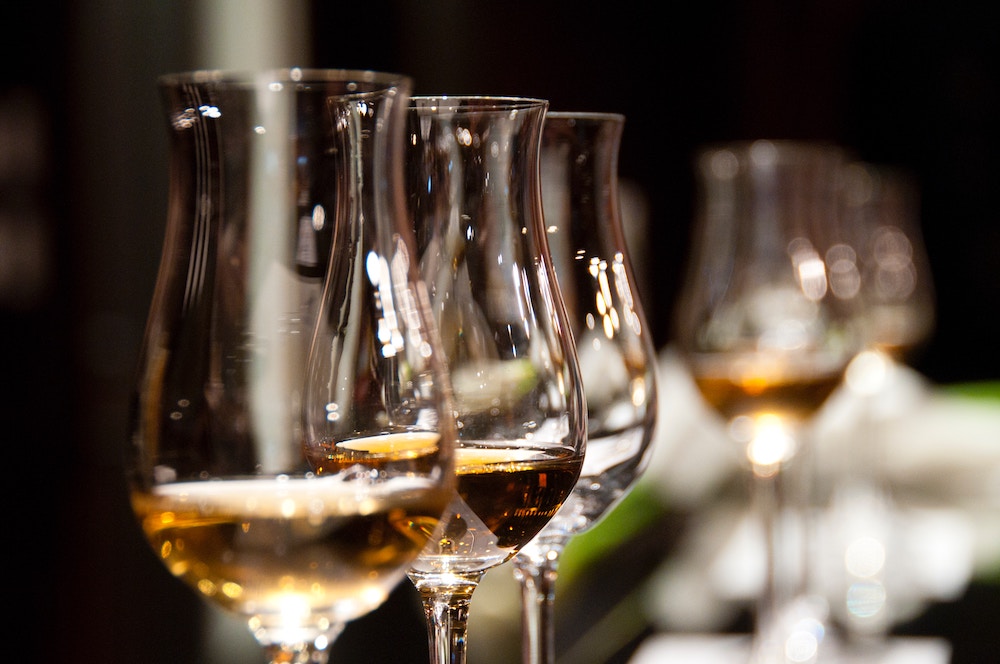
Marsala
A fortified wine made both sweet and dry. The dry Marsala is served as an aperitif while the sweet counterpart is taken after dinner. It comes from the Marsala region of Sicily, which is a DOC region.
Cocktails
Stir something a little different into the evening.
Angelo Azzurro
Typically drank late into the evening, Angelo Azzurro is Italian for ‘blue angel’, gaining its name from the cocktail’s azure colouring. Ingredients include gin, Cointreau and blue Curaçao.
Godfather
A heady mixture of scotch whiskey or bourbon and amaretto. A Godfather is described as an aromatic, short drink and is usually served on the rocks in an old fashioned glass.
Italy is a magnificent place to explore not only culinary wonders, but a rich culture defined by great history and remarkable landscapes. A villa in Puglia is the perfect place to start your journey. If you would like to know more about Italian food, take a look at our blog on The Food of Puglia.
